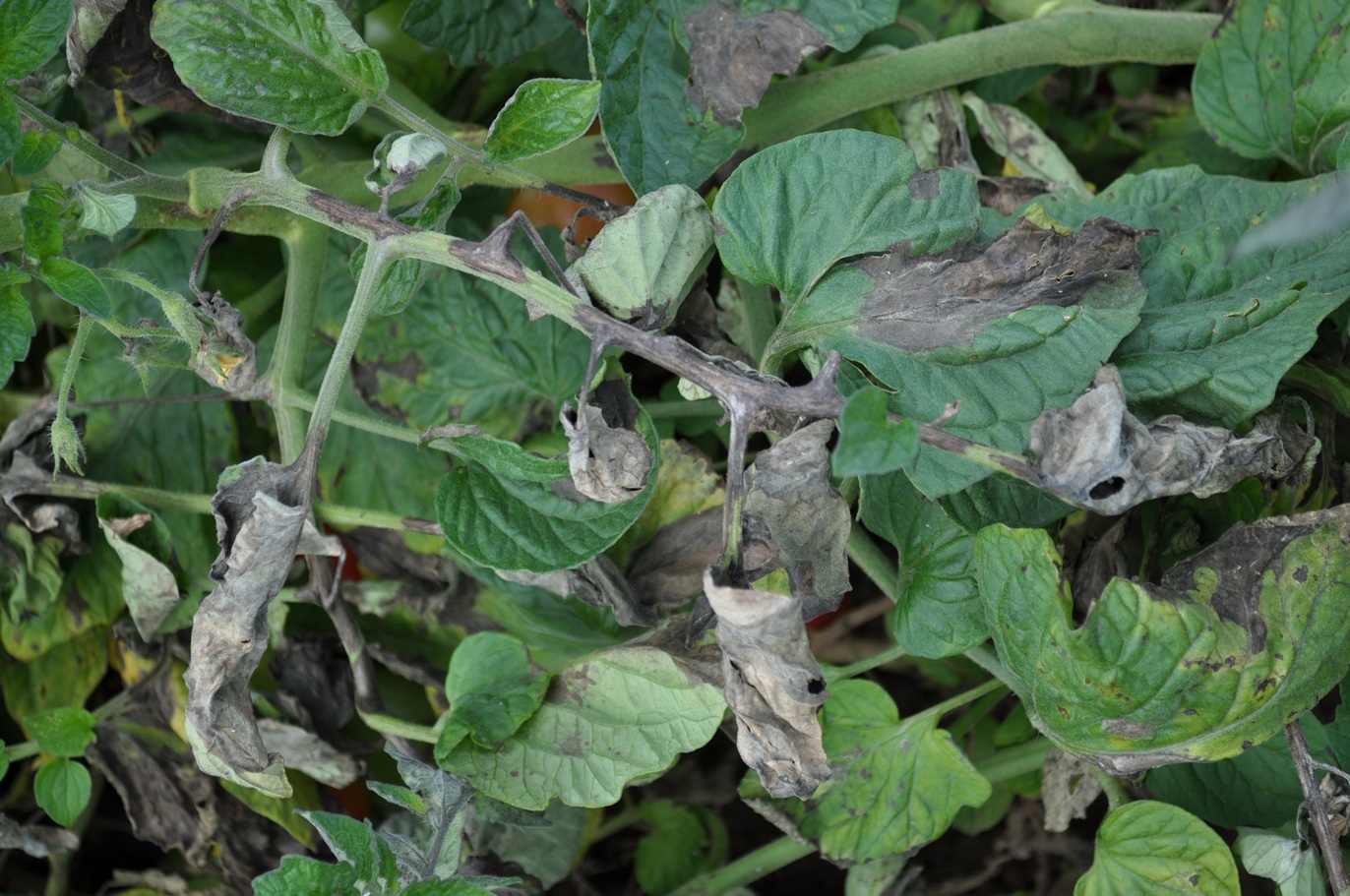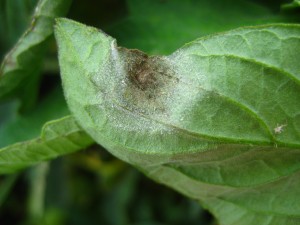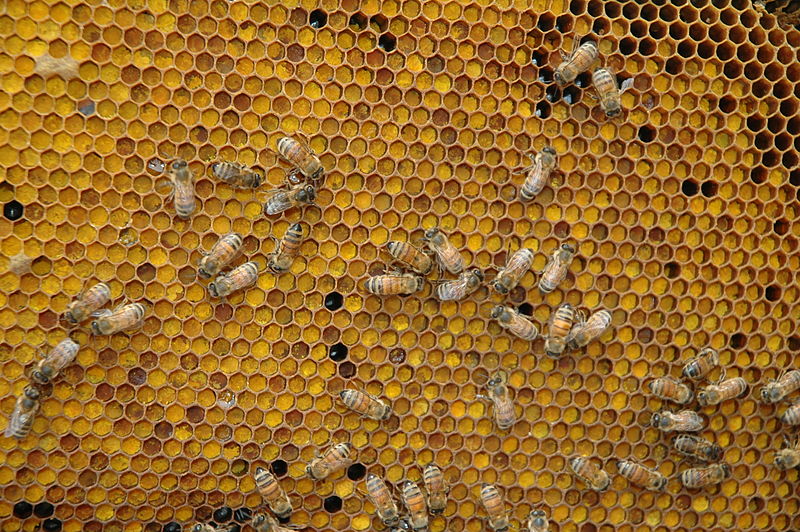Home Gardeners Beware
Late blight has been confirmed in four Pennsylvania counties (Blair, Franklin, Lancaster & Mifflin), and the count is likely to increase as additional samples are analyzed. “It’s the same pathogen and disease that caused the Irish potato famine,” explains Penn State Extension plant pathologist Beth Gugino.
While late blight has only been found in commercial potato and tomato operations so far, Gugino says home gardeners should be alert for brown lesions on the leaves of their potato and tomato plants. “When they flip the leaf over they’re going to see kind of a whitish-gray fuzzy growth, which is the pathogen growing out of the leaf.” She tells us that fuzzy growth is how the pathogen moves between plants.
If you suspect late blight in your garden, Gugino recommends you contact your local Cooperative Extension office. “We need to try to manage the disease as quickly as possible, because we tend to think about late blight as a community disease… and we want to take measures to manage it for the betterment of everybody.”
While some fungicides can help to prevent late blight, Gugino says there’s not much that can be done once the disease develops. Plants showing the symptoms should be removed – or affected parts should be pruned out – and placed into a dark plastic bag.
Late blight is most commonly found in cool, wet weather. The warm, dry conditions that many Pennsylvanians are experiencing can stop the disease from progressing, but cannot eliminate it.












